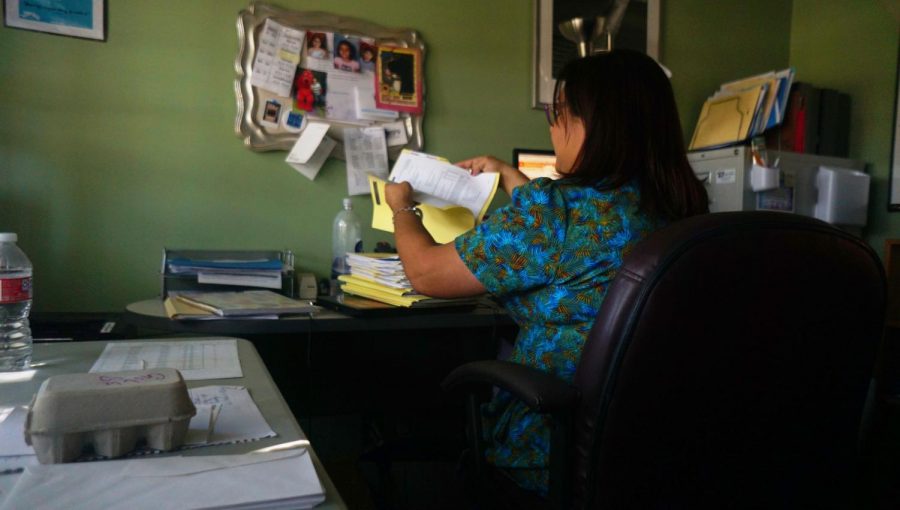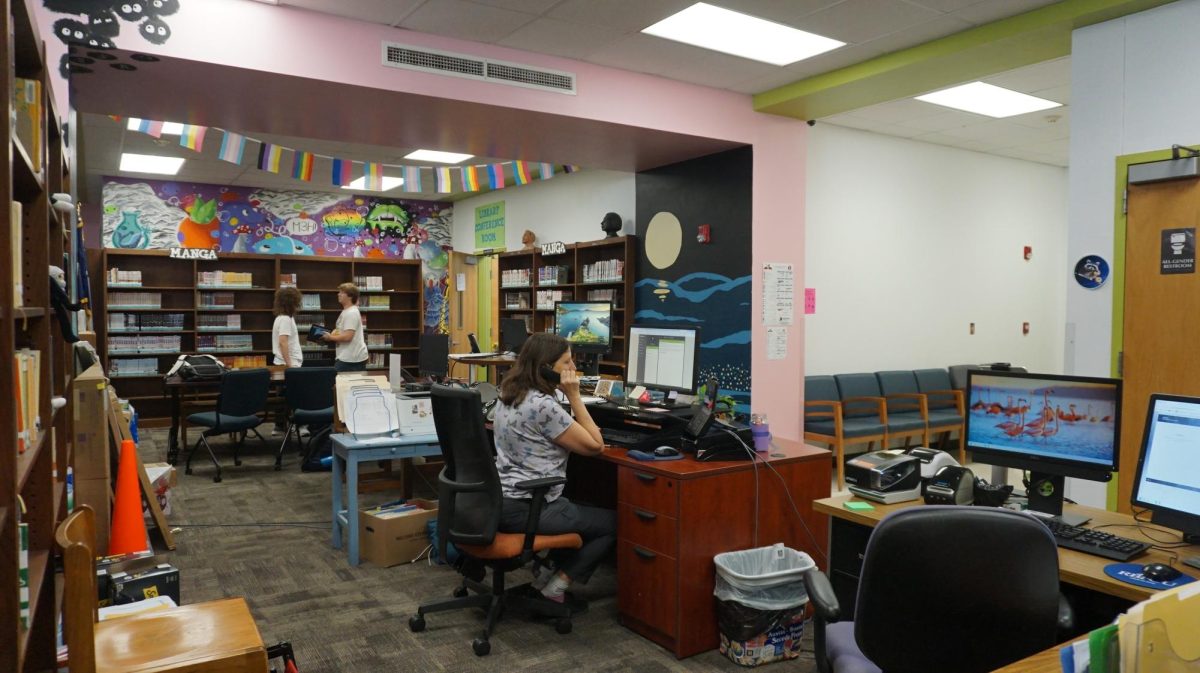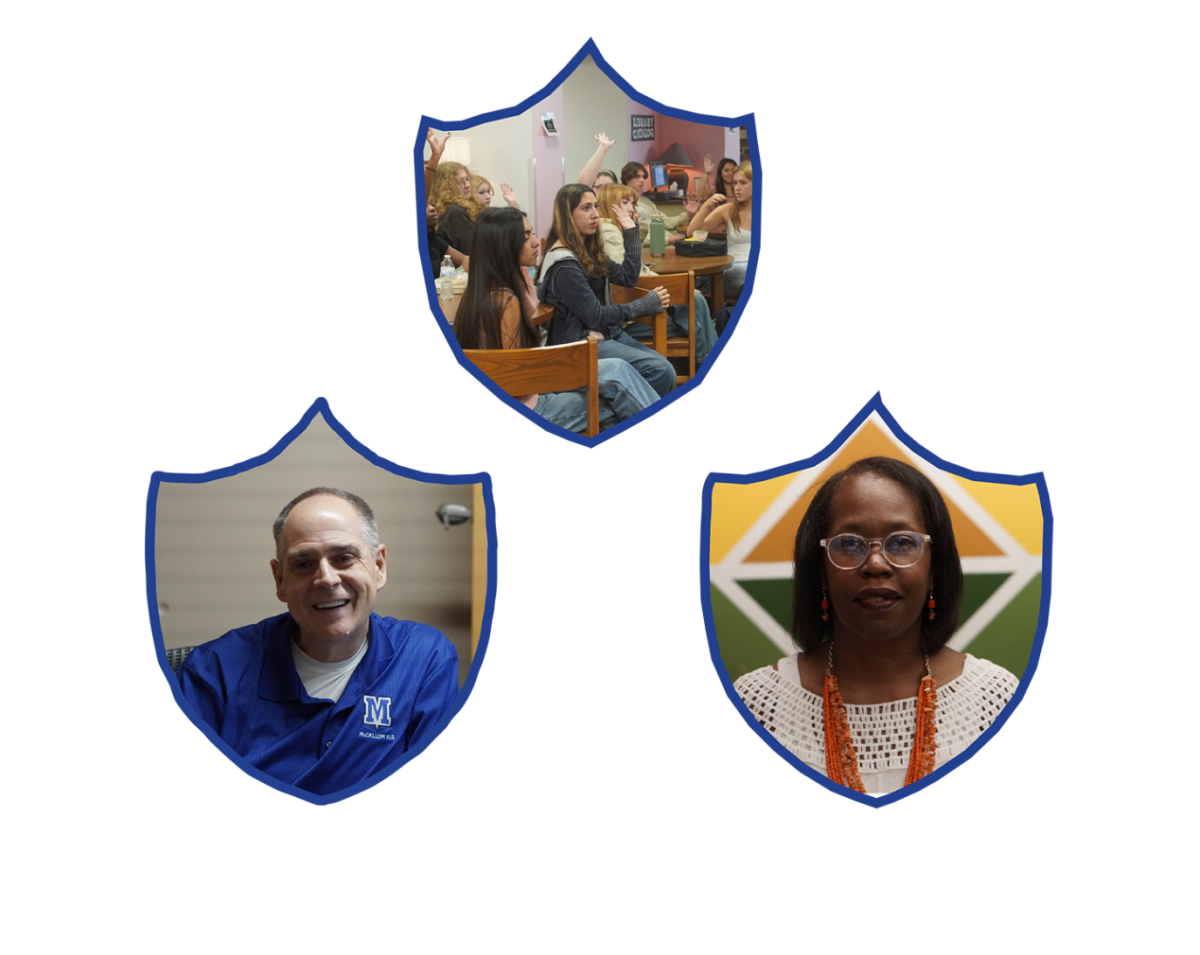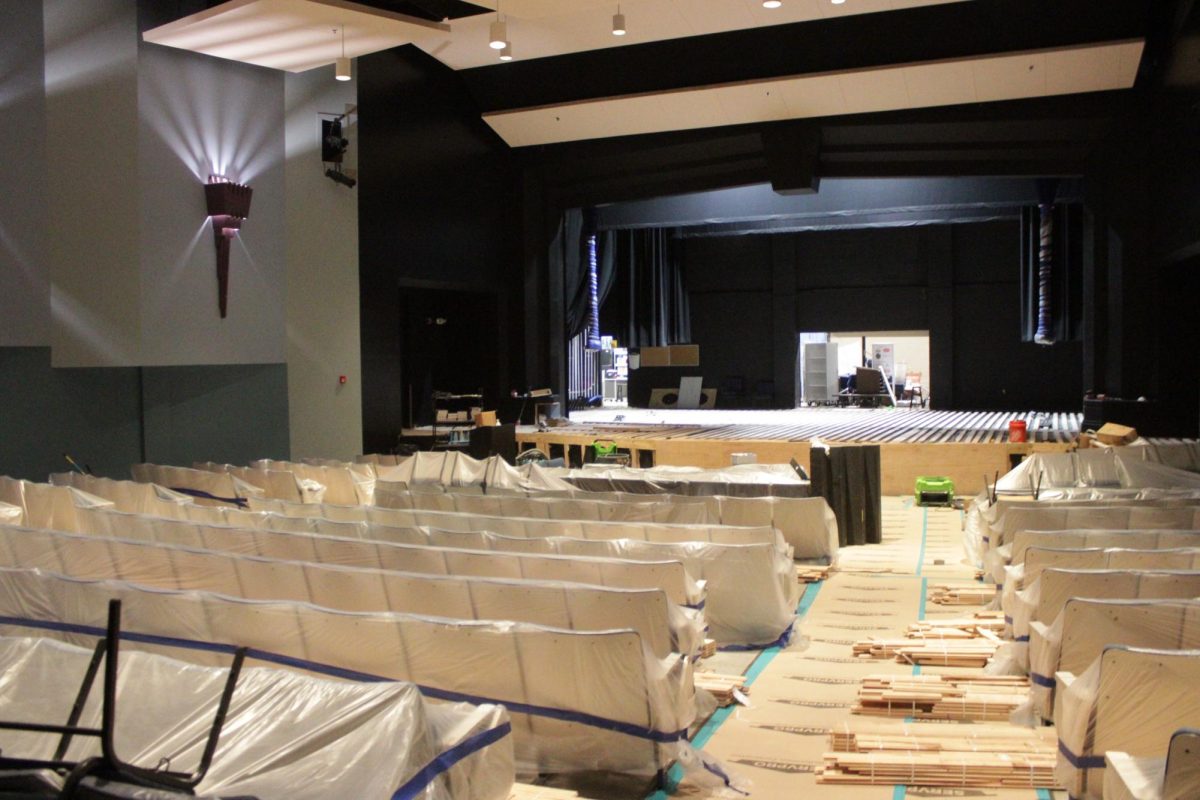Cristela Garcia, one of McCallum’s five counselors, considers the day a success if she doesn’t have any voice-mail messages blinking when she walks in that morning. From district deadlines to parent concerns to the schedules of each of her 256 students, it’s hard for her to keep afloat and do the thing that she loves to do the most as a counselor—spend time with her students.
McCallum’s counselors are not alone in feeling that the most crucial part of their job seems to only take up a minority of their work day. Counselors across the nation are underfunded, overworked, and not deemed a priority when the issue of funding comes up, even though counselors play a crucial role in students’ wellbeing and college acceptances. A 2016 survey conducted by PDK Poll reported that if taxes were raised to improve public schools in the area, 34 percent of Americans would want money targeted towards teachers, followed by supplies, then classes and extracurriculars, with counselors polling at just six percent.
Even with such little recognition, counselors’ roles in students’ college readiness are substantial. Counselors help navigate the application process from the beginning, handle transcripts and are required, for many colleges, to write a letter of recommendation for each student’s application.
According to a 2009 U.S. Department of Education survey, public high school students were given, on average, only 38 minutes of advice regarding college admission from their counselors. The admissions process can already feel overwhelming to students who have proper resources and adults who can help them through it. To high schoolers who would be first-generation college students in their family or who don’t have experience with technology, counselors are supposed to be an aid and guide them through the process, but that’s often not possible. The schools that would benefit the most from proper counseling are often the ones the most neglected. Unsustainable counselor-to-student ratios forces counselors to divide their time into small slices, preventing them from making lasting connections with individual students.
The National Association for College Admission Counseling’s survey showed that private school counselors average 55 percent of their time on college counseling, but counselors in public schools are only able to focus 22 percent of their time on college counseling.
“There simply are not enough hours in the school day,” said Jamie Kocian, the only college counselor at LASA High School. “My top priority while I’m at school is meeting with students. As a result, I frequently complete paperwork and other administrative tasks at home in the evenings and on the weekend.”
Many other counselors come to the same consensus. Elizabeth Chang-Yen, counselor for 10th and 12th grade students at Eastside Memorial High School, said that she tries to squeeze in paperwork “before school, during lunch, after school, during state testing, and during advisory” and meets with her students during class.
Even though the American School Counselor Association recommends a student to counselor ratio of 250 to 1, and the national average is 491:1, fixing the average ratio of students to counselors might not solve the issues at hand. Shannon Bergeron, the lead Guidance Counselor at LASA high school, commented on how even with the ideal student ratio, she didn’t have as much time as she wanted with her students.
“I have actually worked at a school where I had a caseload of 250 students. It was a small rural school, where we had two counselors for 500 students,” Bergeron said. “The difference there was that I also had many more duties than I have now. In a larger school, some of the bigger projects can be divided among the counselors. I managed all of those things in a smaller school. So it’s a trade-off.”
The more counselors there are at a school, the less time those counselors have to spend doing the more unfulfilling parts of their job and the more time those counselors get to do what they are meant to do: be there for their students.
“Although I wear many hats as a counselor, my most important and meaningful role on campus is to be an advocate for my students,” Bergeron said. “Students always need a voice at the table, so my job is to always be that voice.”









